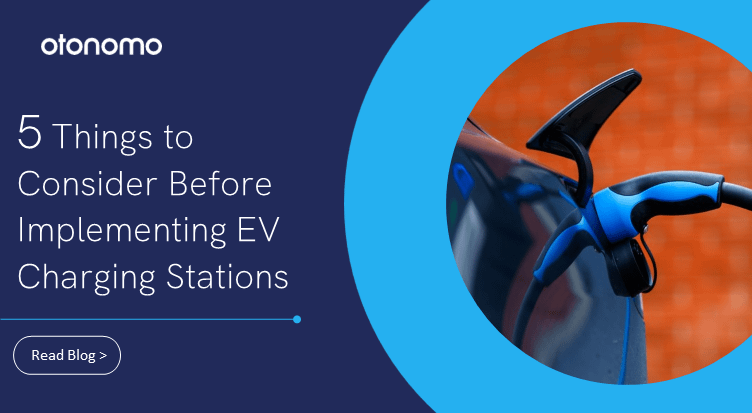One clear trend affecting the transportation world everywhere is the move towards electric vehicles. What was once considered a vision for the future is quickly becoming a reality, with global EV sales reaching 6.75 million units in 2021. A 108 % year-over-year growth and going strong in 2022. And this means a lot of EV charging stations.
These EV stations are required because 78% of drivers do not have access to EV chargers at home. But creating a charging point incurs a significant investment, both in real estate and in the infrastructure required to support them. Here are five key considerations to consider when investing in a charging station :
1. Government support for EV charging stations
Electric vehicles need public charging points, and for charging points to be viable they need electric vehicles. This type of chicken and egg cycle can stymie an industry’s growth. Luckily, this is understood by many local and national governments around the world. In the US and EU, huge government investment and incentives are offered for building the infrastructure required to support charging all these cars. For example, the US federal infrastructure bill contained $7.5 billion to support hundreds of thousands more public charging stations. So understanding what support is offered in each country, territory, region, or city can be crucial for picking a winning project.
2. Charging and parking are very similar
Charging a car takes a lot longer than topping up its fuel tank. Regular chargers, drawing power straight from the grid, typically take 8 hours to fully charge a car, and even ultra-fast, level 3, DC charges require about 30 minutes. For a charge point operator, any charging point is essentially a parking space – either serving drivers who have a point of interest they need to reach in the area or drivers that need something to do while waiting for their car to charge.
Understanding available points of interest, and the average length of stay is crucial for optimal planning of charger type mix.
3. A charging station is its own grid
AC charging is probably going to remain the popular option for home charging for those who can support it (with the uniquely American Level 1 AC maybe overshadowed by Level 2 AC that runs on 220V). However public charging will need to support DC charging, and it is much more complicated to implement. Requiring commercial electric engineers to oversee the project that includes its own storage and distribution network, and sometimes even its own power generating capabilities. Huge batteries need to be installed, and these in turn also require their own set of permits and permissions. And, like everything involving high voltage, many safety challenges must be considered.
4. Traffic flow and demand discovery are critical for success
Predicting demand for EV charging is a complicated challenge. It is not enough to know how many people pass through a certain point (a challenge in and of itself), but also to understand where they came from and where they are going in order to assess their need to charge. Duration of trip is useful in assessing the predicted battery level, and that needs to be coupled with information about the availability of charging at the destination, and lengths of stay there. In fact, it takes more than 30 unique composite variables to assess demand for EV charging, and these need to be updated constantly.
5. Build to upgrade
EVs are evolving fast. Whatever is built now must take into account future developments in the field of charging, and especially super-fast chargers that will be able to “top up” a car in 3-5 minutes rather than 30; and host replaceable batteries. Therefore, expediting ROI is critical. It is also important to avoid overbuilding sites and to leave room for flexibility in the design to support the changes in driver requirements.
Our team of data experts would love to explore how Otonomo’s Mobility Intelligence for EV can help you plan your EV station’s rollout. Talk to an expert.









